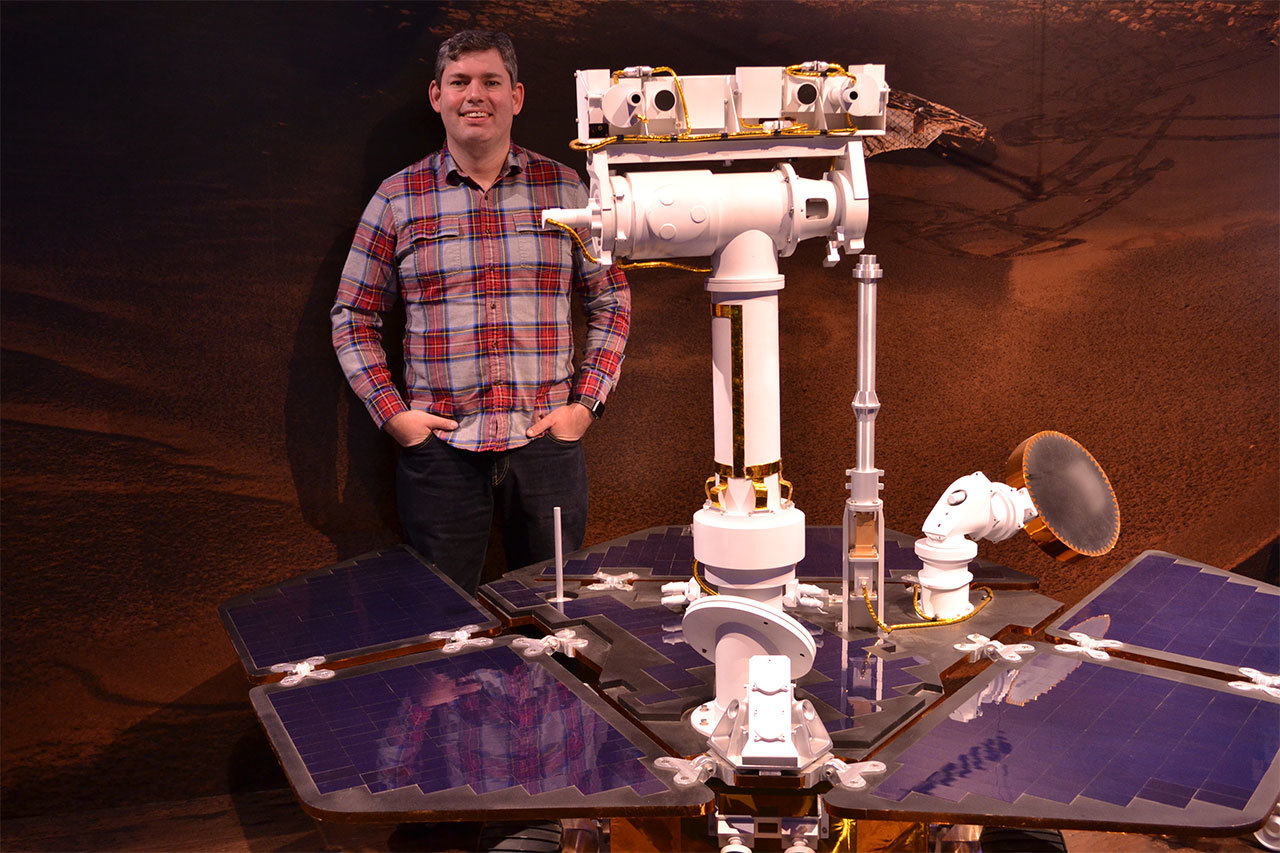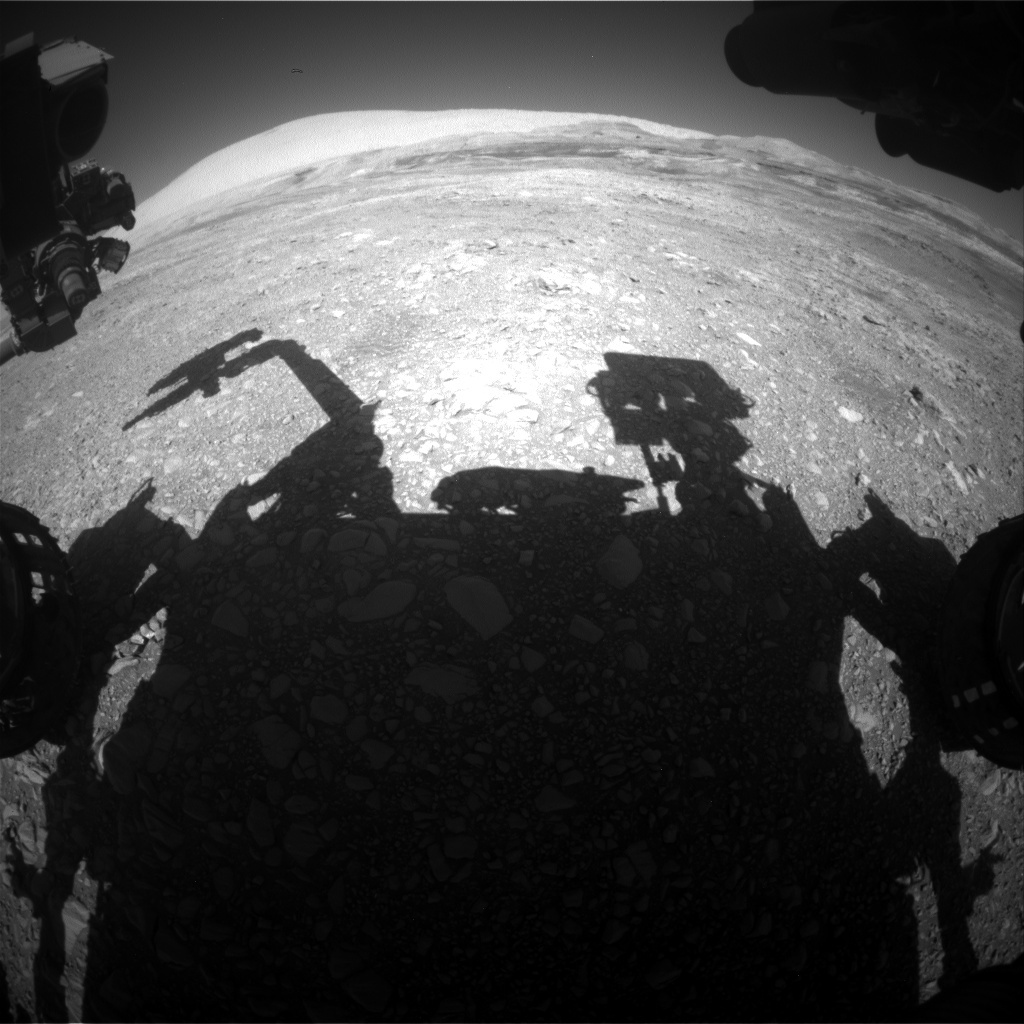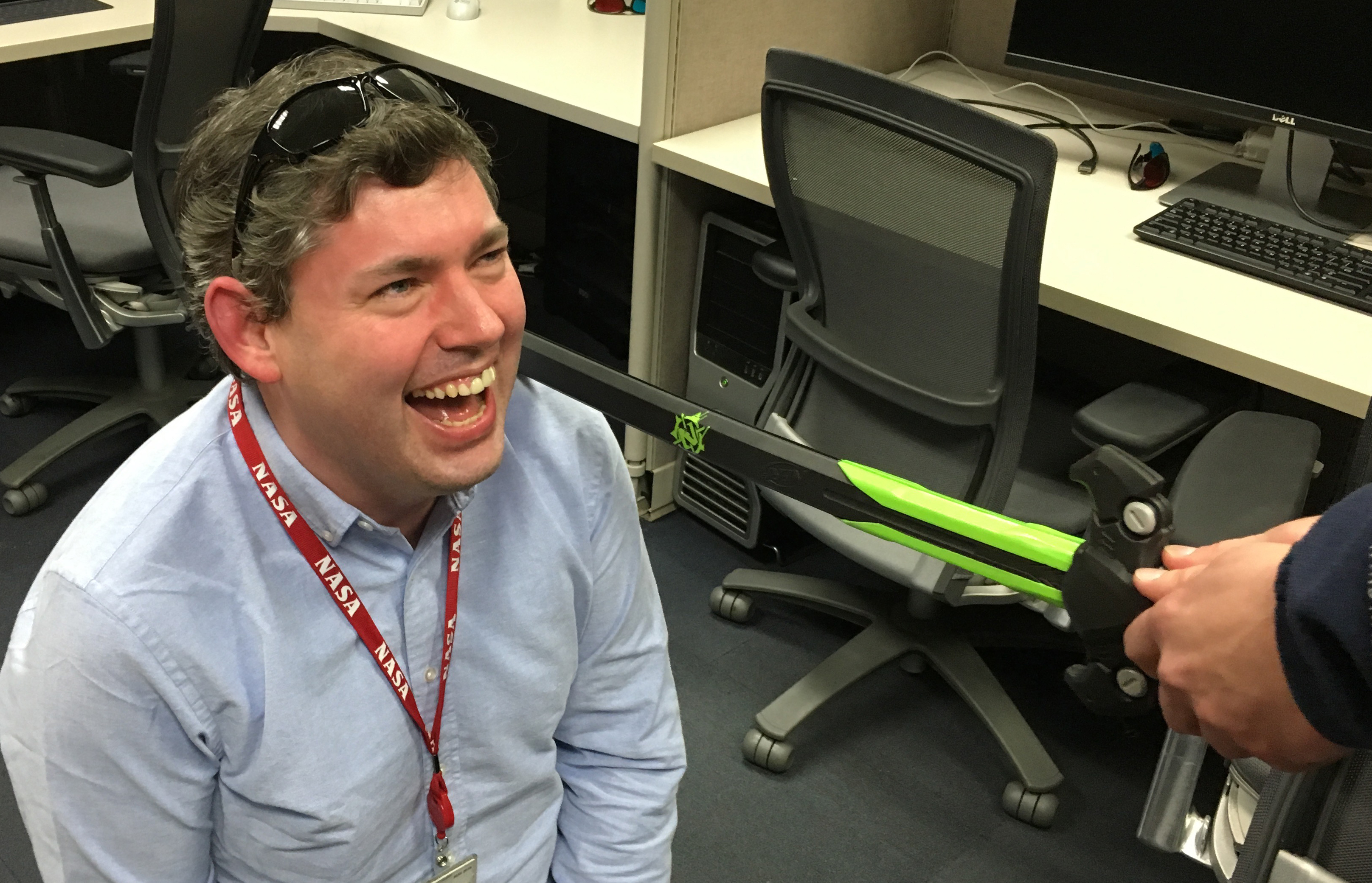
Doug Ellison
Engineering Camera Payload Uplink Lead
I was born in Chester, England, but currently I am living in Alhambra, Calif.
I remember watching images from Mars Pathfinder and the Sojourner Rover crawling onto a small screen via an old modem in a library in rural England. The amazing combination of engineering, science, exploration and adventure from these images had me hooked from then on!
I had been producing animations, mosaics and movies of data from spacecraft like the Mars Reconnaissance Orbiter (MRO), and the Mars Exploration Rovers (MER) Spirit and Opportunity for a few years, and sharing them with people via a forum I founded in 2004 called Unmanned Spaceflight. I was also occasionally volunteering as a guest blogger for The Planetary Society. Through these connections, I met several people from the Jet Propulsion Laboratory (JPL) who saw what I might be able to bring to their outreach visualization projects. It was hard work to bring everything together to make it happen, but in May 2010 I moved to Pasadena and started working on a visualization project called Eyes on the Solar System. Since then I have also worked on the Destination Mars HoloLens Immersive Reality project, and now work in flight operations on both Opportunity and Curiosity.
My heroes are both inside and outside the field of space exploration. I admire the bravery of explorer Ranulph Fiennes, the persistence of land speed record holder Richard Noble and the tenacity of the Mars Exploration Rover principal investigator Steve Squyres. But if I could pick only one person - Ernest Shackleton - who extols all those virtues and so many besides.
As an Engineering Camera Payload Uplink Lead (ECAM PUL), my job is to prepare sequences ( small bundles of spacecraft commands ) that tell a Mars Rover which pictures to take with its Navigation and Hazard Avoidance cameras. I work with the science team and the rover drivers to make sure I'm pointing the cameras the right way. We also have to make sure the commands are not going to hurt the rover, that we will not be taking so much data that we don't receive it on Earth before we start planning the next day. When your commands have to run on a priceless asset 100 million miles from home - you have to double check and triple check they're going to work the right way, do what you need them to do, and not expose the rover to any kind of risk.
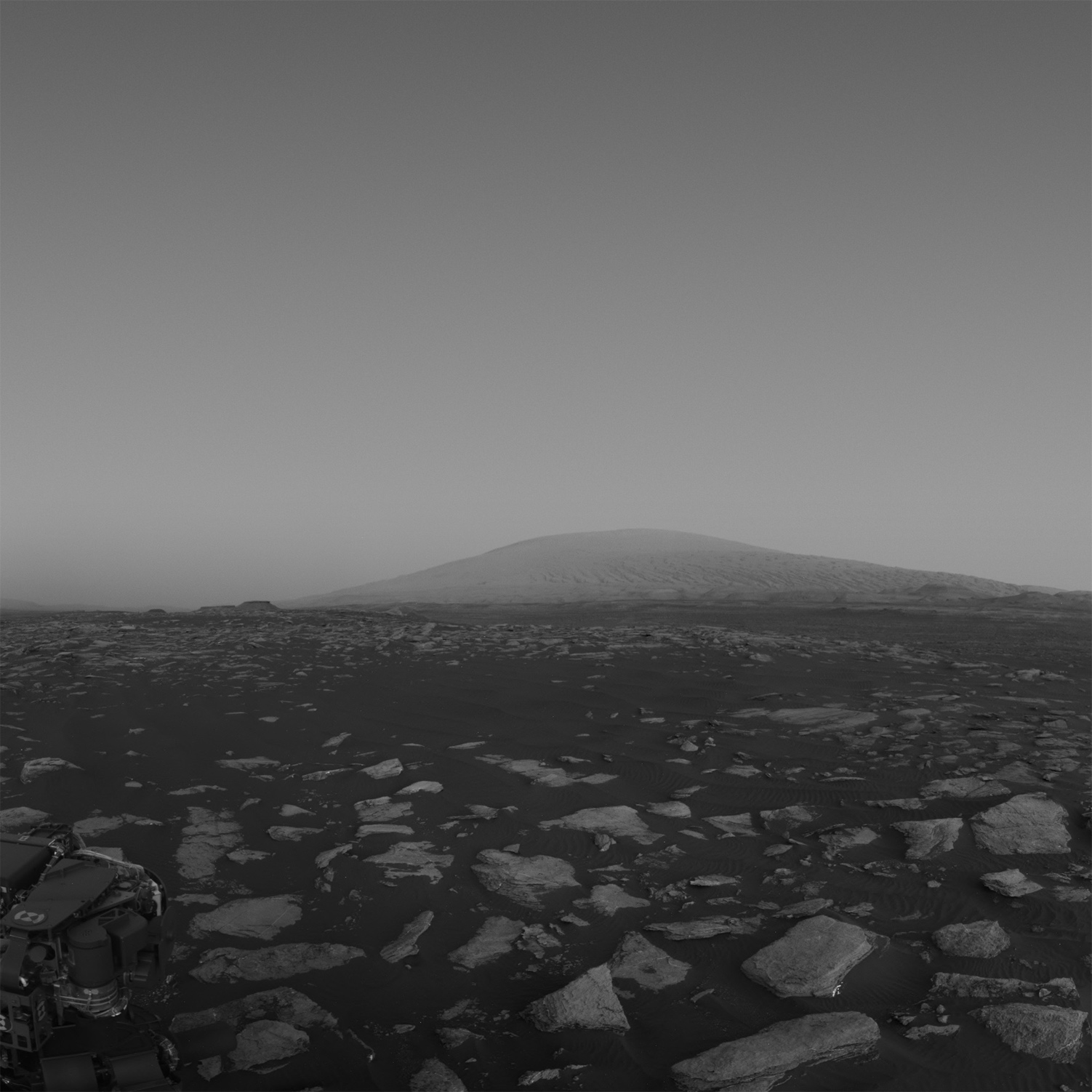
Shortly after I started as an ECAM PUL on Curiosity - I had the idea to take a picture of the rovers shadow just before sunset. Some of the scientists who work on environmental science (look at the atmosphere, clouds, dust devils and so on) loved the idea and 'donated' some of their time and data to doing it. I prepared a sequence to do it, and finally on Sol 1611 we had the chance to take the images on the rover. They looked beautiful - but there was no shadow! All that work and we didn't get the shadow we wanted. But we learned something - it turns out the atmosphere was very hazy with dust and the sun set behind the dust before is set below the horizon. I managed to take an idea, and turn it into a little postcard from Mars.
Who knows! That's the exciting part.
Almost every single part of our lives is touched by science, engineering and math. Whatever your interests and passions are, becoming adept in a STEM (Science, Technology, Engineering, or Math) subject is highly worthwhile. It will allow you to be involved in so many exciting career choices and you will be able to make a positive difference in whatever you choose to pursue. For instance, engineering new medical equipment, calculating new battery technology, designing new efficient cars, building new rockets or programming a spacecraft to land on Mars, STEM subjects are the subjects demanded by the most exciting challenges and adventures facing us today and in the future.
For a kid who grew up in the green rolling hills of rural England, strangely, I adore the Mojave Desert. I also adore landscape photography and the American South West in general. I’ve gone on many field trips out to interesting places and even helped out with some field work in Death Valley. In August. (Not recommended!). I also love exploring the lava tubes east of Barstow, California and have spent time trying to map them using drones and other imaging techniques.
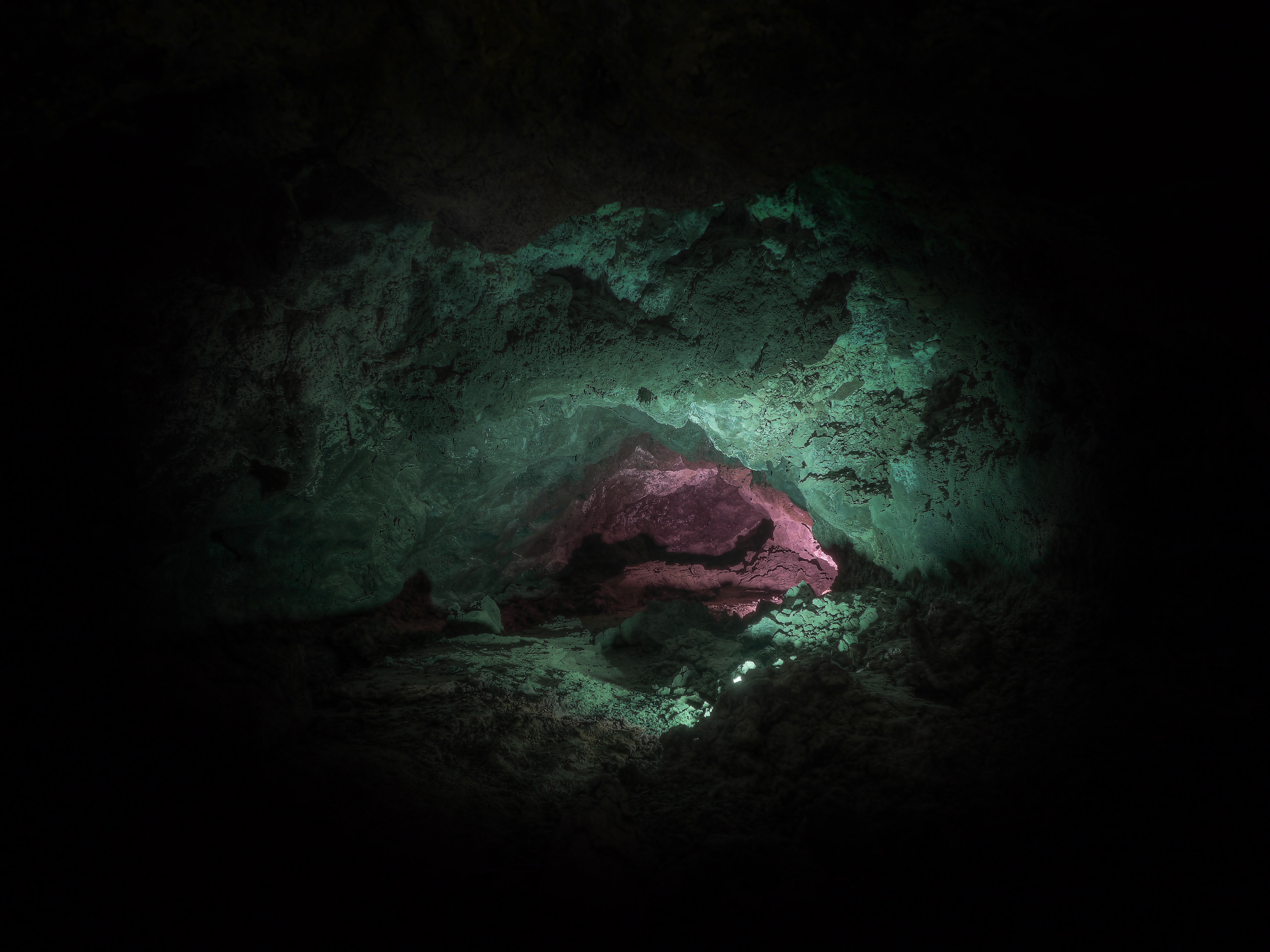
The mission success panorama from Mars Pathfinder in 1997. It represents the beginning of the new generation of Mars exploration, and the result of some very brave engineering.
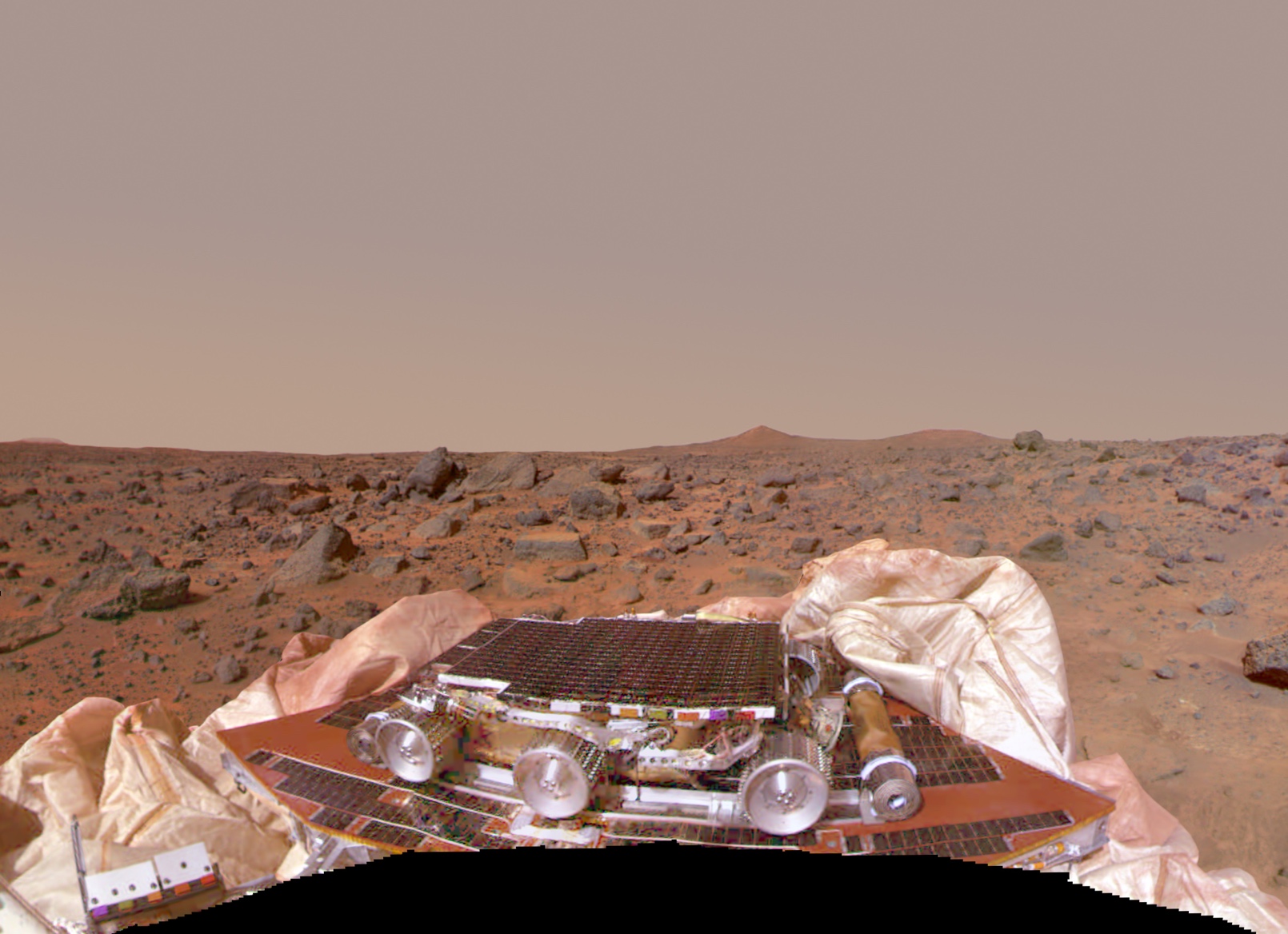
Today, I’m on shift as the Engineering Camera Payload Uplink Lead on NASA’s Mars Opportunity rover, planning two days of photo-taking for 400 pounds of thinking metal that’s been exploring Mars for more than 14 years. But how? We need to wind back a bit...
Curiosity sends back raw images based on commands sent by the mission team. The rover uses orbiters to relay back a lot of its data, and maximizes each opportunity when they pass by overhead. Check back frequently for more discoveries from Mars!
Planetary science is a global profession.

